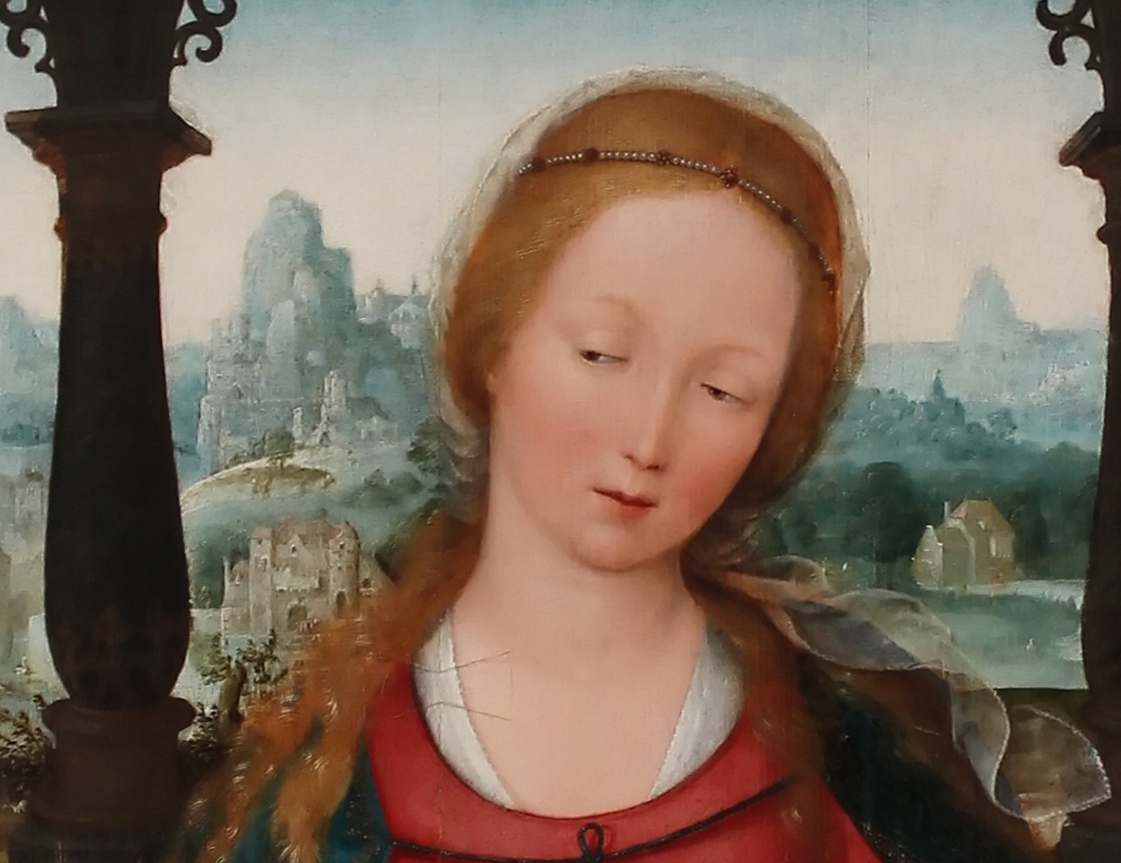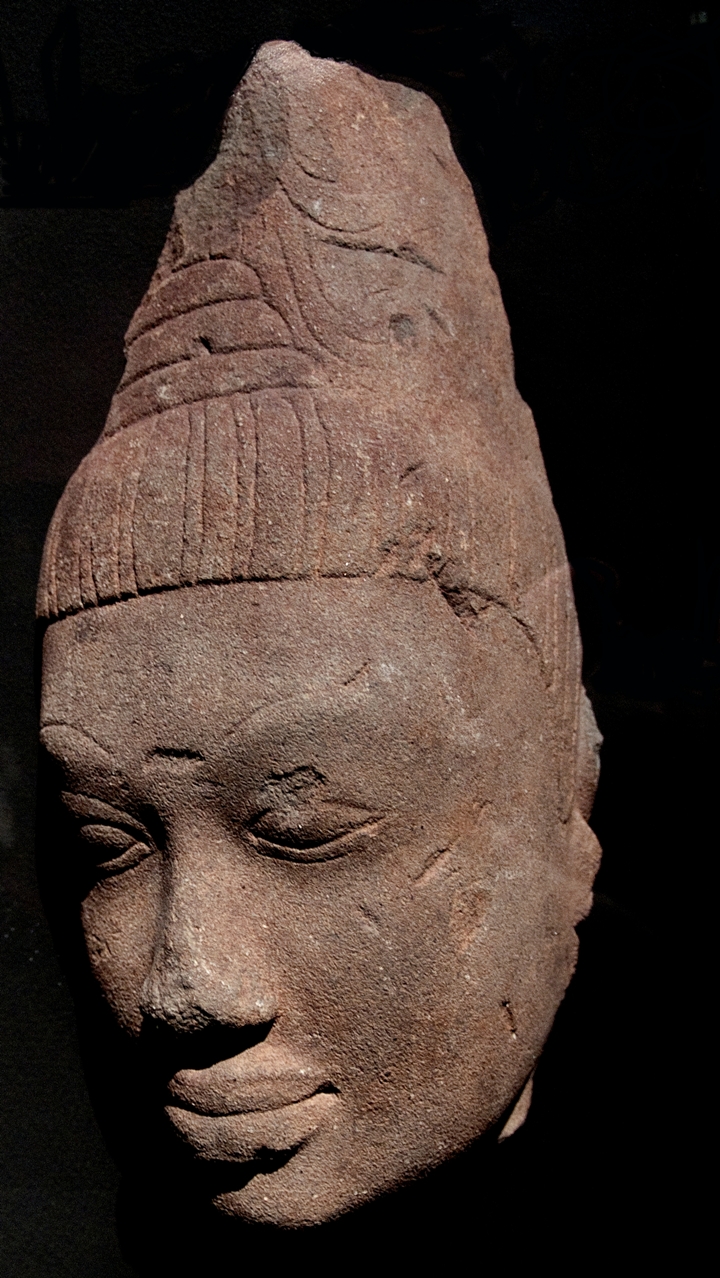Jehan Bellegambe or Jean Bellegambe (sometimes Belgamb or Belganb) was a French-speaking Flemish painter of religious paintings, triptychs and polyptychs, the most important of which are now held at Douai, Arras, Aix, Lille, Saint Petersburg and Chicago.
He was known as the 'master of colours' for the transparency and interplay of his colors.
He is known as Jehan Bellegambe the elder to distinguish him from his descendents who were also called Jehan.































